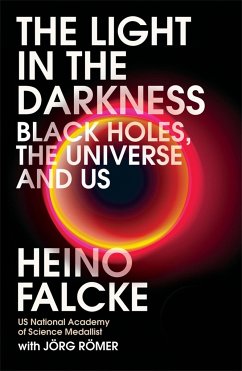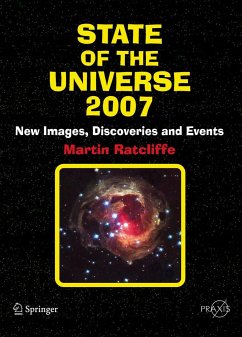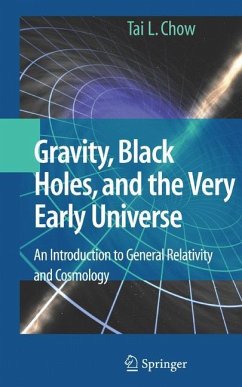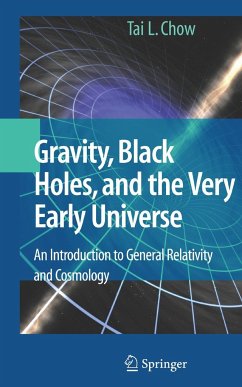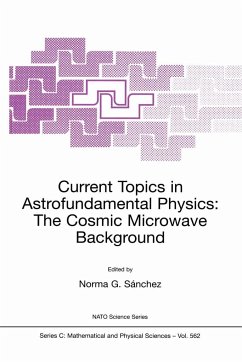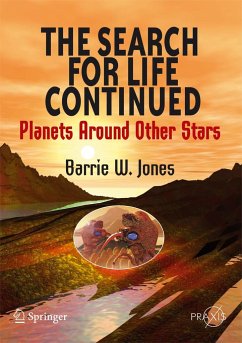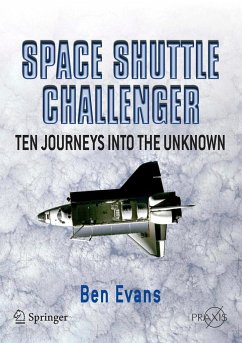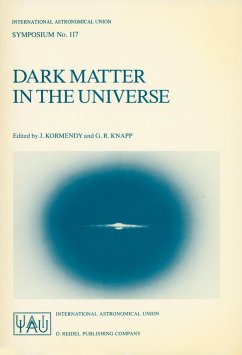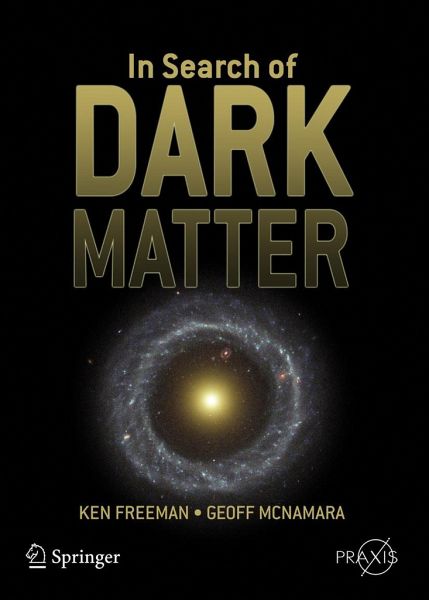
In Search of Dark Matter

PAYBACK Punkte
18 °P sammeln!
The dark matter problem is one of the most fundamental and profoundly difficult to solve problems in the history of science. Not knowing what makes up most of the known universe goes to the heart of our understanding of the Universe and our place in it. In Search of Dark Matter is the story of the emergence of the dark matter problem, from the initial erroneous 'discovery' of dark matter by Jan Oort to contemporary explanations for the nature of dark matter and its role in the origin and evolution of the Universe.Written for the educated non-scientist and scientist alike, it spans a variety of...
The dark matter problem is one of the most fundamental and profoundly difficult to solve problems in the history of science. Not knowing what makes up most of the known universe goes to the heart of our understanding of the Universe and our place in it. In Search of Dark Matter is the story of the emergence of the dark matter problem, from the initial erroneous 'discovery' of dark matter by Jan Oort to contemporary explanations for the nature of dark matter and its role in the origin and evolution of the Universe.
Written for the educated non-scientist and scientist alike, it spans a variety of scientific disciplines, from observational astronomy to particle physics. Concepts that the reader will encounter along the way are at the cutting edge of scientific research. However the themes are explained in such a way that no prior understanding of science beyond a high school education is necessary.
Written for the educated non-scientist and scientist alike, it spans a variety of scientific disciplines, from observational astronomy to particle physics. Concepts that the reader will encounter along the way are at the cutting edge of scientific research. However the themes are explained in such a way that no prior understanding of science beyond a high school education is necessary.




